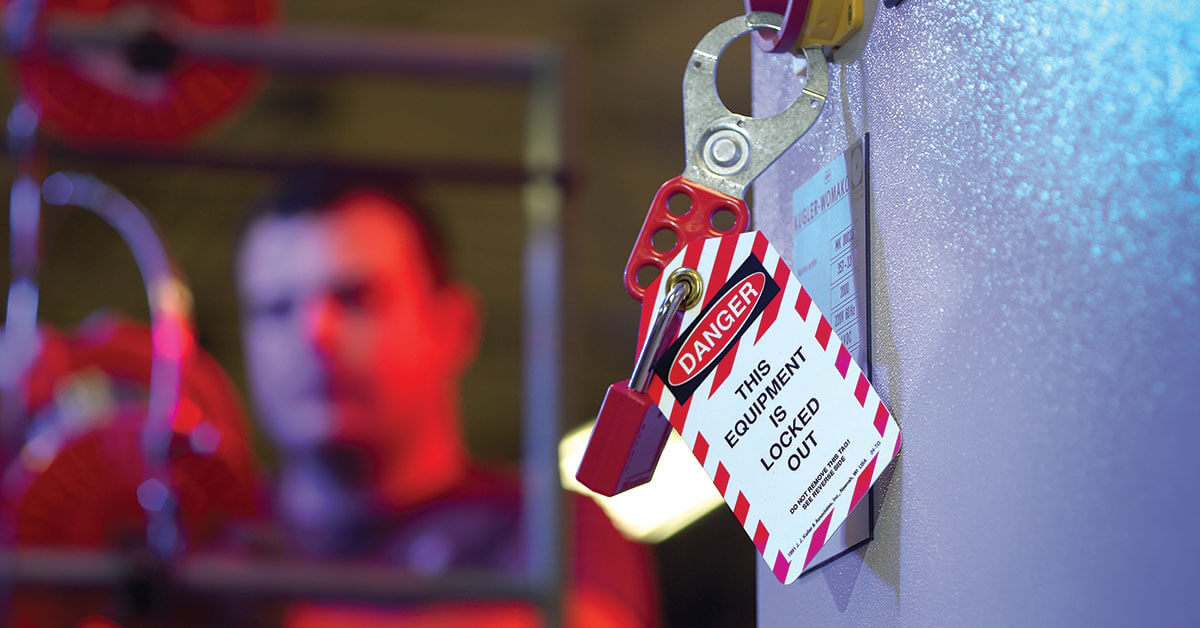- Whatsapp: +86-13396996593
- Email: [email protected]
Lockout and tagout are two crucial safety procedures used in industrial and maintenance settings to protect workers from hazardous energy sources. While they share the same goal of ensuring safety, they employ different methods:

Lockout and Tagout
Lockout/Tagout (LOTO) is a safety procedure used to ensure that dangerous machines and equipment are properly shut off and not started up again before the completion of maintenance or servicing work. This procedure involves isolating energy sources and placing locks and/or tags to communicate that the equipment should not be operated until the locks and tags are removed by the person who placed them.
Key elements of LOTO include:
There are various LOTO devices designed for different types of energy sources and equipment:
Lockout/Tagout procedures have been proven to significantly reduce workplace accidents and injuries. Here are some key statistics demonstrating their effectiveness:
1. What is the purpose of Lockout/Tagout?
The purpose of LOTO is to protect workers from hazardous energy sources during maintenance and servicing of equipment. It ensures that machinery remains inoperative until it is safe to resume work.
2. Who is responsible for implementing Lockout/Tagout procedures?
Employers are responsible for establishing and enforcing LOTO procedures. Authorized personnel, typically maintenance and servicing staff, are responsible for applying and removing lockout/tagout devices.
3. What types of energy sources require Lockout/Tagout?
LOTO is required for all energy sources, including electrical, mechanical, hydraulic, pneumatic, chemical, and thermal energy.
4. Can tagout be used alone without lockout?
Tagout can be used alone only when a lockout is not possible. However, tagout alone does not provide the same level of protection as lockout. OSHA regulations require additional safety measures when using tagout only.
5. How often should Lockout/Tagout procedures be reviewed?
LOTO procedures should be reviewed at least annually to ensure compliance and effectiveness. Regular training and audits are essential for maintaining a safe work environment.
Lockout/Tagout is a critical safety procedure that protects workers from hazardous energy sources during maintenance and servicing activities. By understanding the difference between lockout and tagout, properly defining LOTO, utilizing the appropriate devices, and recognizing the real-world effectiveness of these procedures, companies can create a safer work environment. Regular training and adherence to LOTO standards are essential to prevent accidents and ensure compliance with regulatory requirements.
Lockey Safety is committed to providing high-quality lockout/tagout devices that meet industry standards and help companies maintain a safe and compliant workplace. For more information on our products and services, please visit our website or contact our customer support team.
What is the difference between lockout and tagout?
Which Government Entity Establishes The Requirements For Lockout Tagout?
Privacy Policy
Copyright Lockey Safety Products Co.,Ltd SUPPORT BY :JUNJ